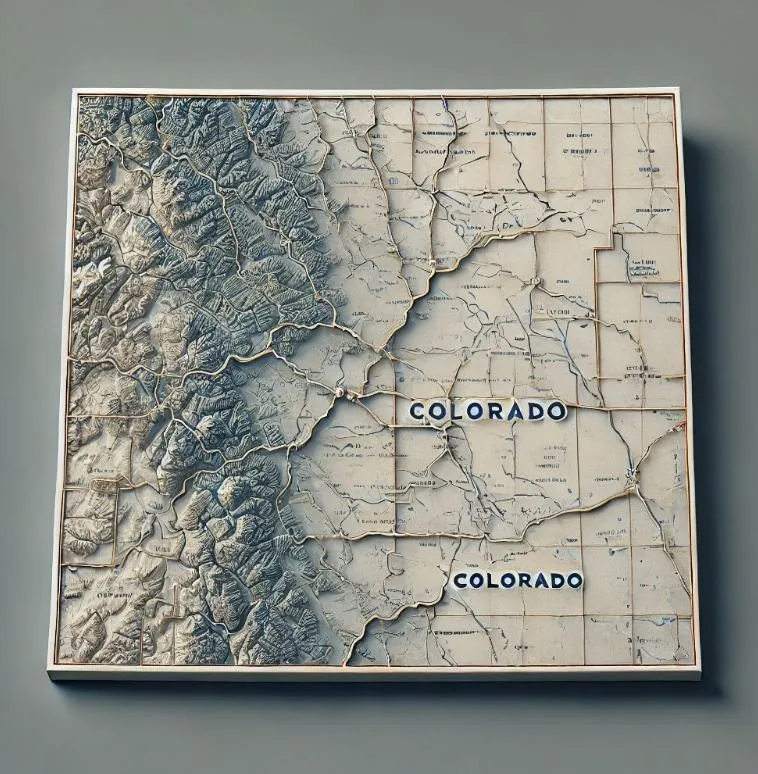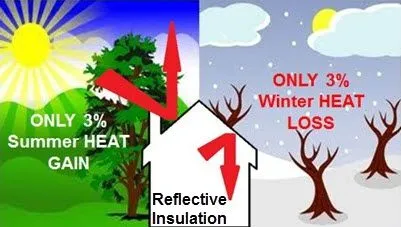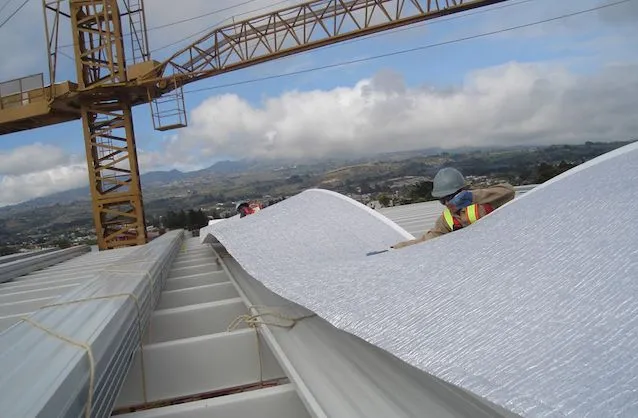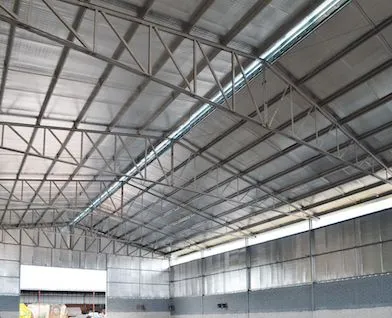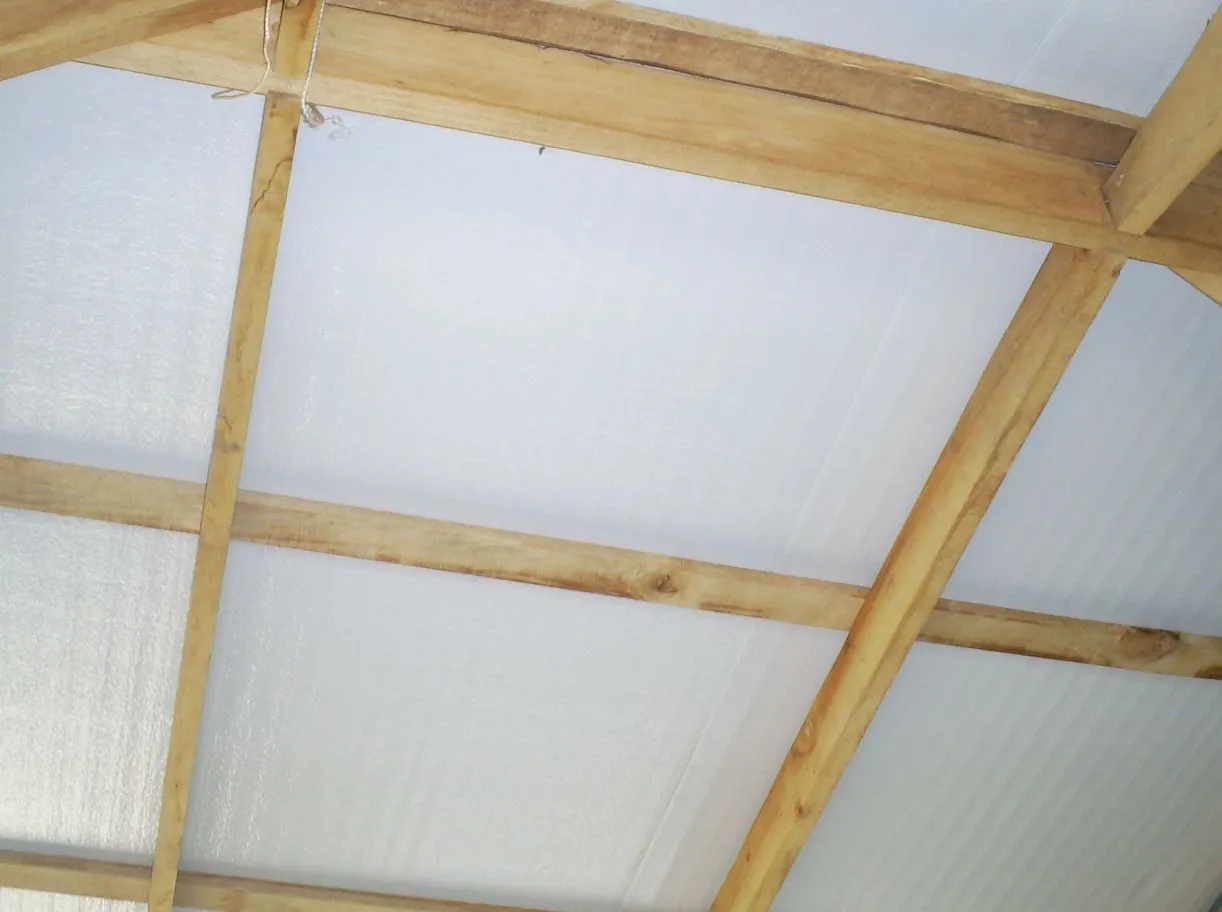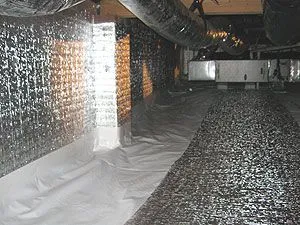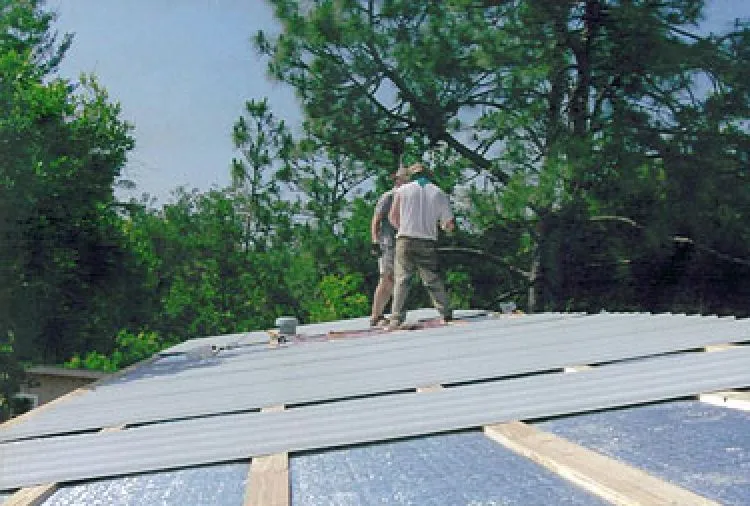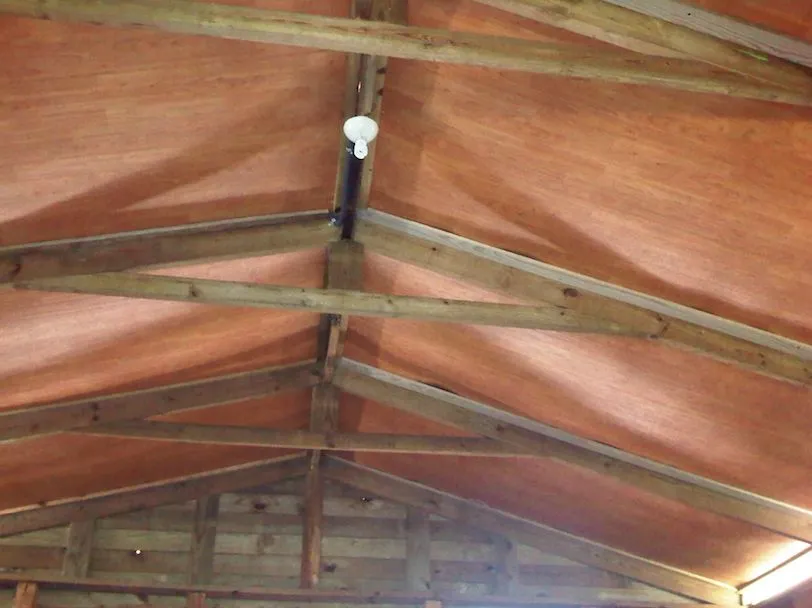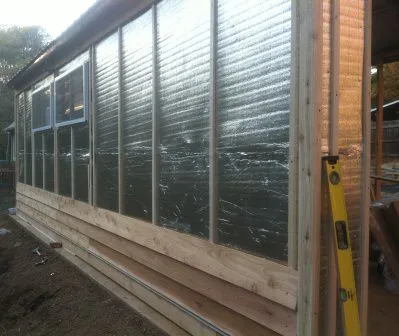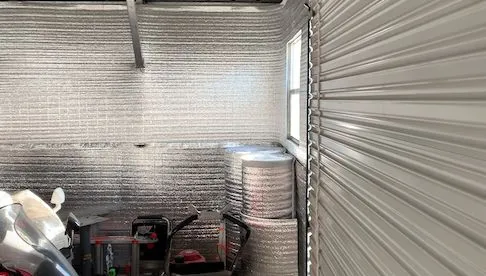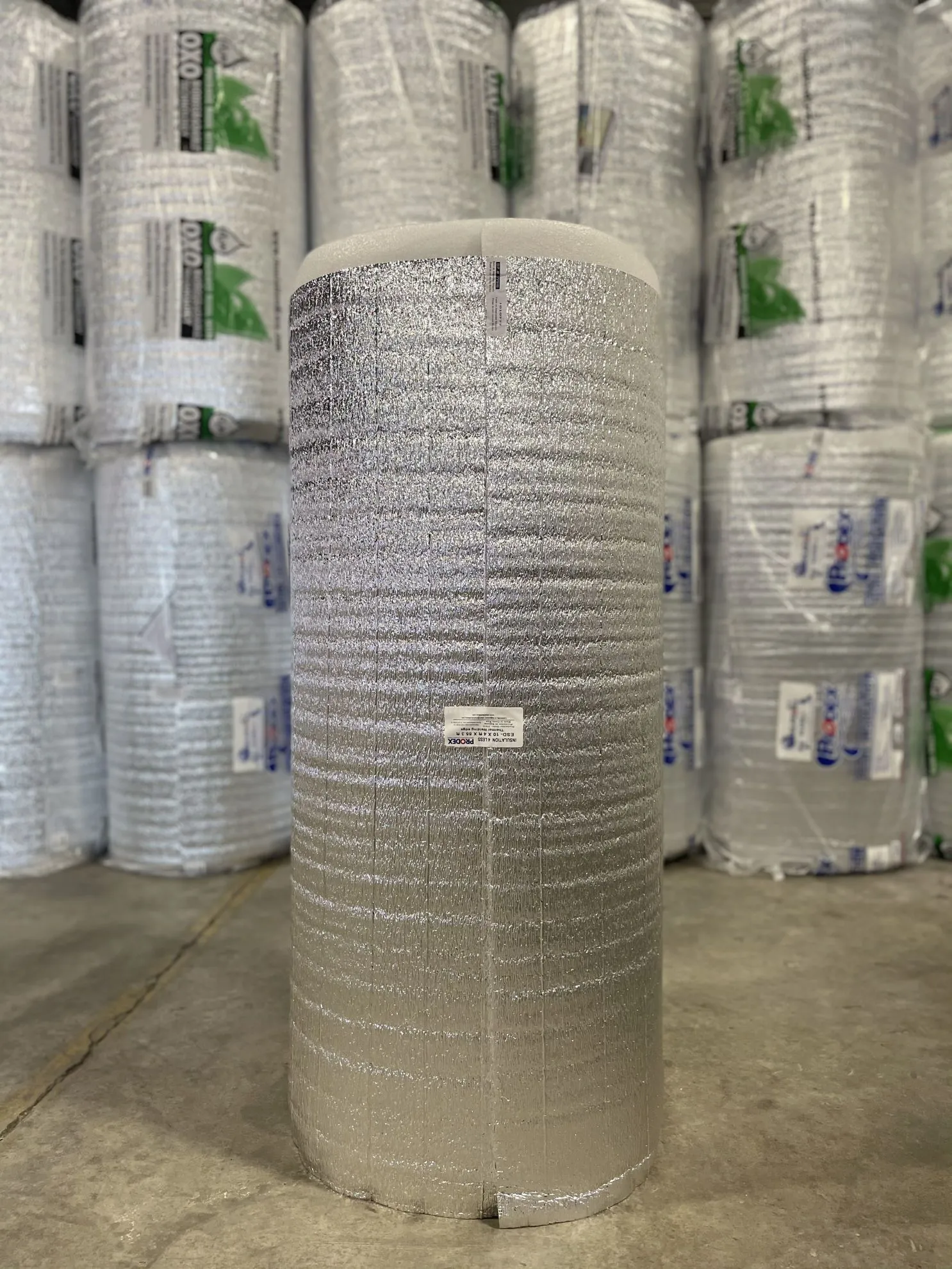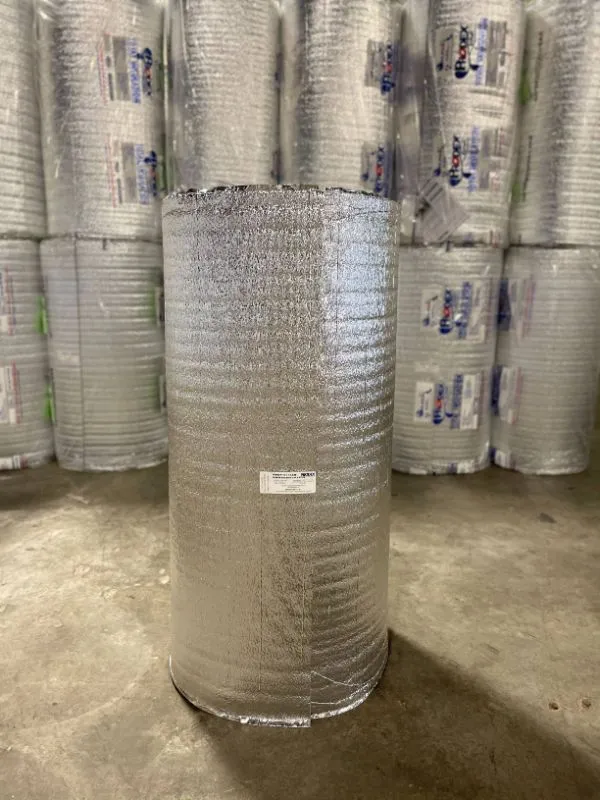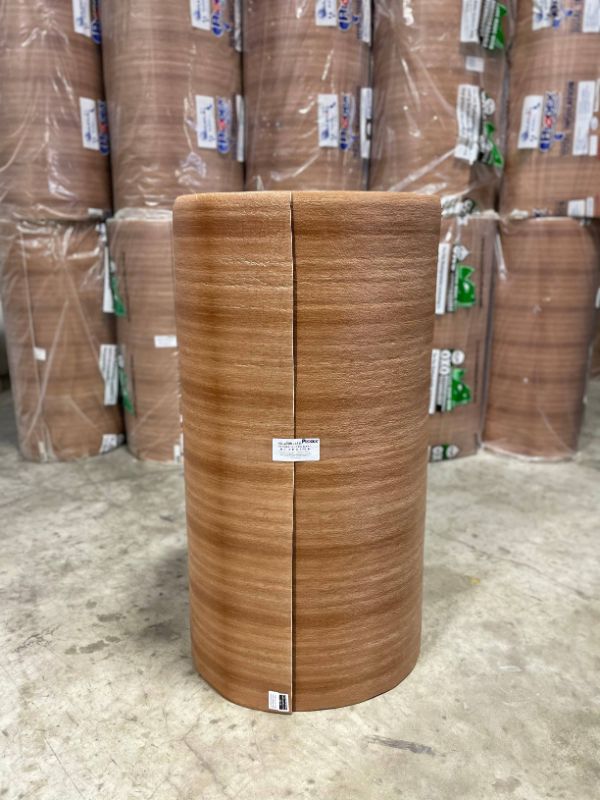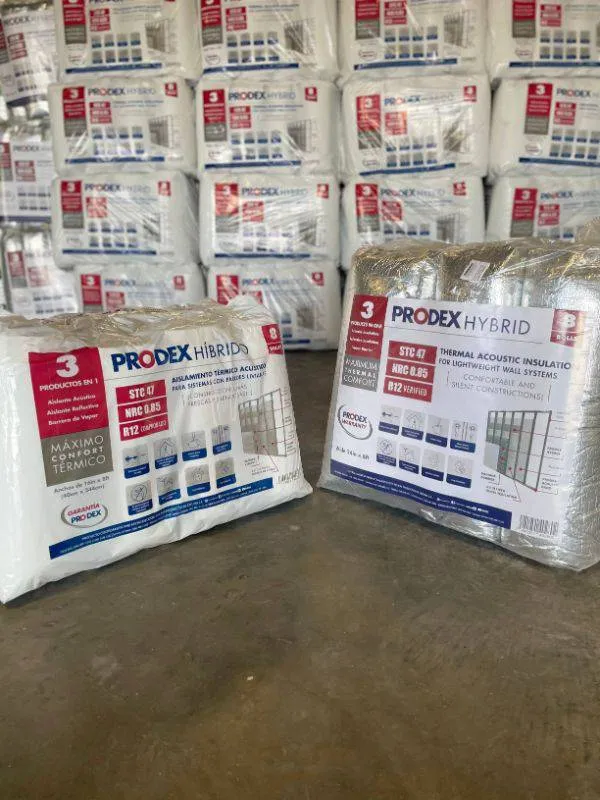Insulation for Colorado's Hot, Cold, Snowy, Rainy and Windy Changing Weather
Check with me in a few minutes and the weather will be different. That what we all say in Colorado. Hot, cold, rain, snow, hail, tornado, blizzard, windy, dry, humid - get the idea. The weather isn't ordinary and neither should be your insulation. If your insulation is designed only for cold, than it's not ideal here. If it loses R-value with any humidity, take it elsewhere. If it's affected by wind - let it fly away. If it doesn't prevent radiant heat transfer - you're losing half the battle. The insulation definitely needs to prevent condensation - Due to temperature extremes that exist between day and night, condensation in metal buildings is one of the biggest issues in Colorado.
The Colorado Rocky Mountains, front range and the plains gets a little bit of everything - rain, snow, hail, wind, cold and heat. The Front Range and plains are semi-arid with precipitation gradually increasing as you move eastward into Kansas and Nebraska. These regions suffer from unpredictable weather changes - scorching heat, snow, wind, thunderstorms and damaging hail sometimes all in the same day at one location!
This climate demands something special to replace or at least supplement a mass insulation product. Fiberglass, cellulose and rigid board lose R-value when any humidity exists - There's always some humidity in Colorado. They also don't prevent radiant heat transfer. You need a better solution.
How Long Does it Take to Deliver Insulation To Colorado (Denver, Colorado Springs, Aurora, Fort Colins) areas?
Delivery time is typically 5 to 10 business days. You'll receive tracking information the following business day after order.
How Does Prodex Total work so well?
Prodex Total Reflective Insulation reduces the transfer of heat across air space by the use of two surfaces having high thermal reflectance and low emittance. This thermal insulation uses closed cell foam plus two reinforced foil surfaces and trapped airspaces to form an efficient insulation system. Prodex Total is ICCES Recognized.
The R-value of reflective insulation and mass insulation is based on the same fundamental equation (The ability to stop heat transfer). Reflective Insulation: Fact vs. Fiction
Colorado Metal Building, Pole Barn and House - Heat, Cold and Condensation
Colorado pole barns, houses and metal buildings require and insulation system that solves the cold, heat and condensation demands of this demanding climate. Prodex Total is a "must have" metal building insulation. Any metal building or pole barn that uses fiberglass rather than Prodex Total will incur condensation and loss of R-value as a consequence of moisture in the fibers. The building will also get hot on sunny days from radiant heat transfer.
Condensation - It can seem like a tropical rain forest inside an unprotected metal building or barn in Colorado. It's worse on those days where there is a greater contrast between temperatures at night vs. day. A temperature difference between outside and inside your building will create condensation (dripping on the sheeting) - Similar to what happens when you leave a cold can of beer outside on a hot day.
Heat - Mid-summer sun rays hitting the roof of a Colorao house, metal building or pole barn, radiates the heat inside (especially metal roofs). It makes it unbearably hot and humid inside.
Chill - Winter temperatures in Colorado on the exterior sheathing turns it cold. The cold sheathing creates the effect of an ice box making colder inside the house or building than out.
Why Does It Rain Under Roofs In Colorado?
Temperature differences between inside and outside your building can create condensation. The condensation that forms under roofing can make it seem like it's raining inside.
Prodex eliminates the moisture (condensation) from forming on the metal sheeting. It does this by making the temperature of the inside of the metal sheeting approximately the same as the outside. When the heat or cold from outside comes through the metal skin it hits the outside reinforce foil of Prodex and is reflected back upwards through the underside of the metal sheeting. This process keeps the metal sheeting temperature consistent on both sides. In addition, the inside layer of reinforced foil in Prodex reflects away the heat (heater) or cold (air-conditioning) from inside the building from getting to the metal skin. This also helps in preventing condensation. For more information, see complete guide to metal roof insulation solutions.
That's Not The R-value In Colorado - It's The R-value In A Lab
You need an insulation that doesn't lose its thermal protection when you need it most - In the humidity of a Colorado winter. The fiberglass and cellulose R-value is test is done with the parameters of no humidity and no air. Maybe that exists somewhere in the universe, but not in Colorado.
The Prodex R-value is not affected by humidity. Other insulations such as fiberglass lose R-value once damp - And it will get damp due to the humidity levels of Florida. Once fiberglass insulation gets damp, it will stay damp. Not only will you have trapped moisture in the blanket causing rot, rust, oxidation, mold etc., the damp blanket will provide less and less R value as the moisture builds. Couple this with the fact that fiberglass insulation does not prevent radiant heat transfer (primary source of heat flow) and you can see why fiberglass insulation is not the recommended insulation for metal buildings, pole barns or basements.
Hotter Inside Than Outside In CO
Ever wonder why it's so hot and humid upstairs in your house or everywhere in a metal building in the summer in Colorado? Metal roofs exaggerate the heat of the summer and frigid temperatures of the winter. Metal is a very good conductor of heat and cold. In hot weather, metal sheeting rapidly radiates the sun's heat into a building or house. In cold weather it rapidly releases the heat out of your building or house.
Prodex reflects 97% of the radiant energy (primary source of heat flow) that strikes it - Which also protects your animals from Black Globe Effect. Prodex also reflects back the heat inside your steel building. Each unit of radiant heat energy that is reflected away from your barn in the summer, and each unit that is reflected back during the winter, means less operation of your heating and air conditioning system - Less wear and tear on your equipment - Less money you pay in utility costs.
Reasons Coloradans Buy Prodex Total Insulation
- Independent reviews at Site Jabber. Site Jabber is the leading community of online business reviewers.
- BBB report. For over 100 years, BBB has set the standard for ethical business behavior. We're proud to maintain an "A to A+" rating. This rating takes into account a company's size in its relation to complaints. We're proud to maintain an "A to A+" rating. We've been accredited since March 15, 2004
- ICC-ES Recognized - ICC-ES is an evaluation service that takes independent test data for a variety of products and analyses it against a uniform Acceptance Criteria that is recognized internationally.
- Over 5 billion square feet sold worldwide.
What Makes Prodex Total Insulation Superior to Mass Insulation?
- R-value is unaffected by humidity
- Prevents 97% of radiant heat transfer
- Vapor barrier
- Prevents condensation
- Does not promote mold or mildew
- Does not provide for nesting of rodents, bugs or birds
- Seals around nails (no leak)
- Made with 100% recyclable virgin raw materials.
Fiberglass Insulation Loses R value
Once fiberglass insulation gets wet (and it will get wet, due to condensation) it will lose R-value! Water trapped between fiberglass insulation and the exterior of a building, barn or house will also cause mold, fungus growth, rust and oxidation - Conditions that will degrade the metal or wood framing and shorten the service of the structure. In addition, fiberglass insulation does not prevent radiant heat transfer (the primary source of heat-flow in and outside your building or home).
Take a look at the white vinyl facing the next time you're in a metal building - It will be either sagging, or sagging and flaking. This is due to the added weight of water. Behind the white vinyl is a wet, mold filled blanket that will eventually cause the white vinyl to crack and fall off. At some point, when you're exposed to the toxic fibers, you'll be forced to remove the insulation - Hopefully before it does too much damage to the metal framing. If you insist on using fiberglass, use it in conjunction with Prodex Total, so the Prodex can keep the moisture out of the fiberglass.
R-values Available: 13, 19, 25, 30, 36 and 38
Protect Your R-value
Prodex Total is the perfect complement to fiberglass metal building insulation. Here's why:
R-value Protection
Fiberglass R-value comes from the air pockets between the fibers, not the fibers themselves. When moisture fills these air pockets, the R-value decreases.
How Prodex Total Helps
Installing Prodex Total (insulation + radiant barrier + vapor barrier + air barrier + condensation eliminator) between the fiberglass and metal sheeting helps keep the fiberglass dry, preserving the fiberglass R-value over time.
Increased Energy Efficiency
When used in conduction with Prodex Total, you'll get the stated R-value performance from fiberglass. You'll also enjoy the benefits of Prodex Total: No condensation, increased R-value, and radiant barrier protection.
Buy Fiberglass Metal Building and Pole Barn Insulation
Spray Foam Insulation Won't Stop Radiant Heat Transfer
In addition to being very expensive, spray foam insulation won't prevent radiant heat transfer (the primary source of heat-flow in and out of your metal building, pole barn or house). For detailed comparisons, see: Spray Foam Insulation vs. Fiberglass, Rigid Board and Prodex Total Insulation. Without a radiant barrier, when your roof gets hot it radiates solar-generated heat down. This often results in it being hotter in your building or house than out. It's also suggested you supplement open cell foam with a vapor barrier. Why not get the vapor barrier all in one product?
Rigid Insulation Board is Rigid!
Rigid foam insulation board is rigid. Because it is inflexible, it does a poor job filling the gaps or cracks that may exist in your walls. As a result, you'll have air passage ways in and out of your home. Air traveling in an out will bring moisture with it. This can lead to a multitude of problems such as mold, mildew and rot. It also doesn't prevent radiant heat transfer. For more on the limitations of this product, visit: 2 Problems With Foam Board Insulation & Why Prodex Total Is Better.
More benefits of Prodex Total Insulation
Protect Content From Vapor
Prodex is a class 1 vapor barrier. A vapor barrier (moisture barrier) refers to any material that prevents moisture from passing through the walls or roof of a building. (Vapor Barrier, Class 1. perm<0.1 ).
Protection from Rodents, Bugs and Birds Nesting
Unlike fiberglass insulation, Prodex does not provide for the nesting of rodents, bugs and birds. Rodents, bugs and birds aren't able to digest the reinforced foil.
Easy Installation
It's a lot easier and less expensive to install a roll of Prodex than a bulky 6 inch roll of fiberglass. Pinching 6 inches fiberglass between the framing and sheeting is not easy. Prodex Total can be installed before or after your metal sheeting. For fastest and easiest installation, install before applying your sheeting. To learn how to insulate a house, pole barn or metal building, visit Installing Insulation
Deadens Sound of Rain and Hail
Metal skin on a building can exaggerate the sound of rain and hail. Prodex has excellent sound deadening.
Increased Lighting Efficiency
Prodex provides a bright, attractive finish to your building. It reflects the light, making it easier to light the building interior.
To meet the unique insulation requirements of the Colorado climate you need a total insulation system - Prodex Total Insulation = Insulation + Radiant barrier + Vapor barrier + Air barrier.
Buying Insulation Made Easy
- Insulation roll pricing on product pages
- Tips to save on shipping insulation
- Discount volume pricing in shopping cart
- Advanced Insulation calculator
Featured Colorado Insulation For Sale - Prodex Total

WHITE 5M Plus: R15.3
Thickness: 5mm (0.2") closed cell polyethylene foam with reflective reinforced foil on one side and plastic white finish film on the other side. Ideal where white finish is preferred.

UNDER CONCRETE 5M
Thickness: 5mm (0.2") closed cell polyethylene foam with reflective on one side.
Ideal for driveways, radiant floor and basements.
Other Colorado Insulation Products For Sale
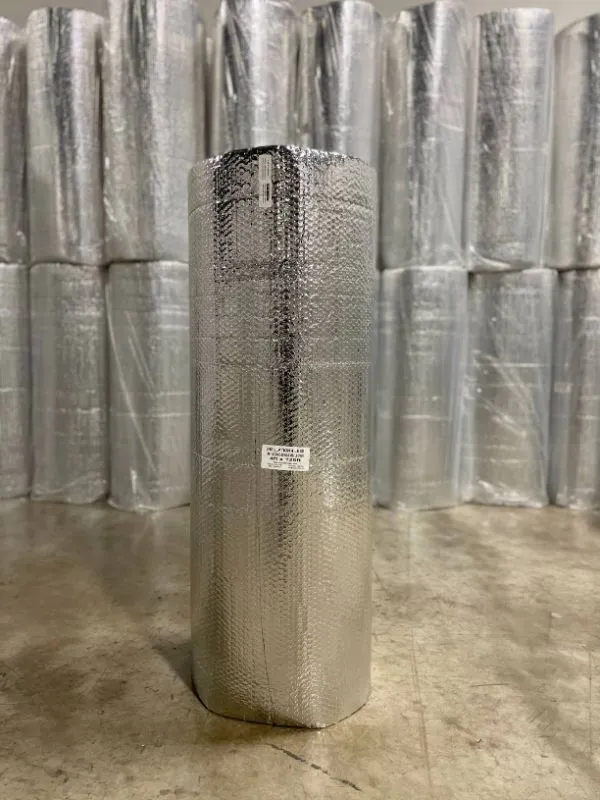
Reflective Bubble Reflective Insulation
4ft x 125 ft roll. Low-cost alternative to Prodex. Single bubble reflective insulation composed of 1 layer of 5/32 inch (4mm) polyethylene bubble sandwiched between two metalized, low emissivity surfaces.
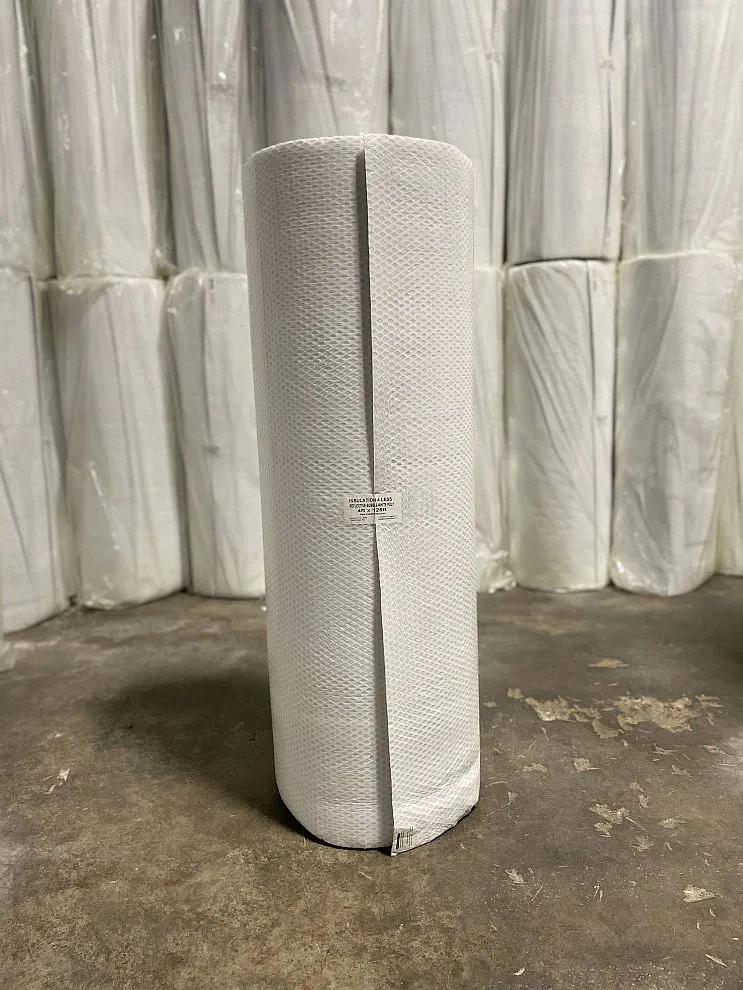
Reflective Bubble White Poly Insulation
4 ft x 125 ft roll. Single bubble reflective insulation composed of 1 layer of 5/32 inch (4mm) polyethylene bubble sandwiched between one metalized, low emissivity surface and white polyethylene.

Foil Fiberglass Vinyl Insulation
4 ft x 125 ft roll and 6 ft x 125 ft roll.Reflective insulation composed of 1/4 inch fiberglass core bonded to one layer of 99% pure aluminum and one layer of durable white scrim-reinforced facing material.

